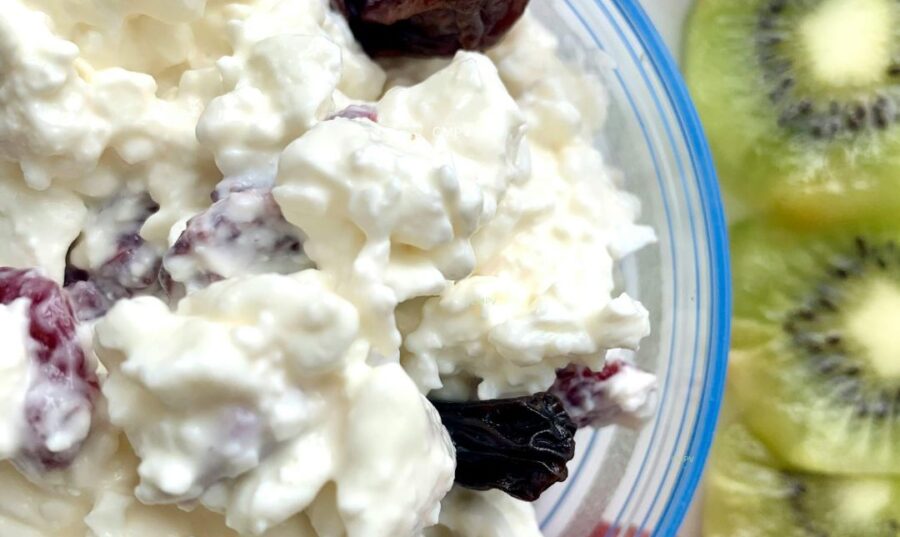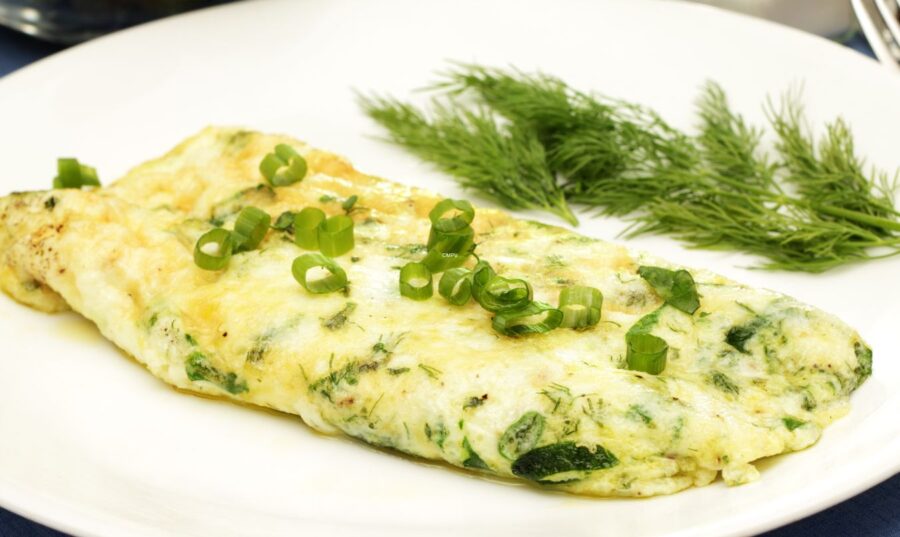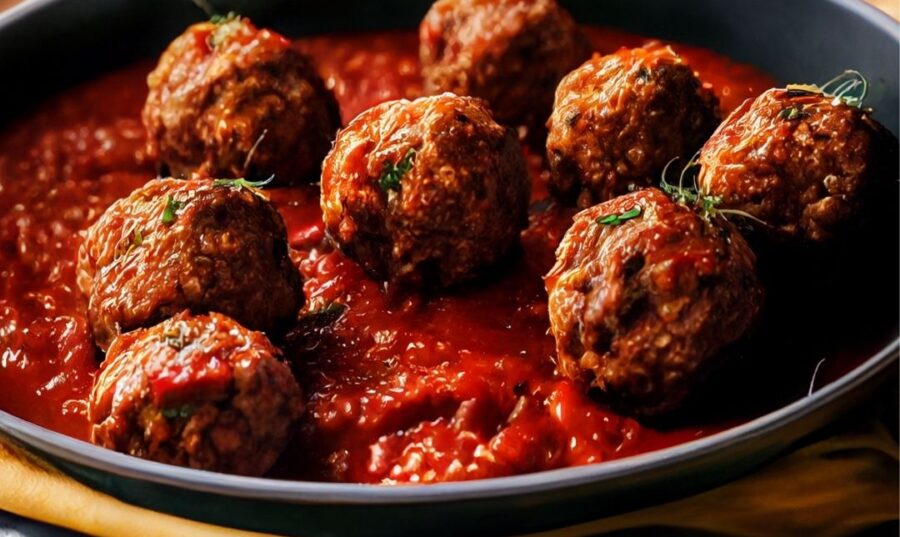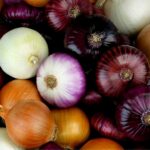|
Getting your Trinity Audio player ready...
|
Interest in the consumption of meat substitutes is increasing, as well as vegan and vegetarian diets. Critics warn that replacing meat with a substitute product full of additives, colors, flavors and fillers is an unhealthy practice. However, advocates see it as a delicious and nutritious alternative that benefits the environment and human health. One fact in its defense is that the protein levels in meat substitutes are often comparable to those of meat. Based on current trends and projections in the food market, the presence of meat substitutes will likely remain and continue to grow.
Health advantages
- Higher fiber content – If meat substitutes are minimally processed and contain legumes, whole grains and vegetables, the benefits include increased intake of high fiber foods and of plant origin.
- Low in saturated fat, in some. It is important to read the labels. Substitutes made with palm and coconut oil have saturated fats.
- Greater food safety – Eating meat-free alternatives reduces the risk of infection byE. coli or Salmonella. According to the Centers for Disease Control and Prevention, raw foods of animal origin are the most likely to become contaminated with these bacteria. Although, fruits and vegetables could become contaminated as well.
- Environmental sustainability – Plant-based diets are more environmentally sustainable because they use fewer natural resources and are associated with much less environmental damage.
- Variety in food. You will consume more different foods in one. Meat substitutes based on beans, vegetables and whole grain cereals in the same product will provide foods from different groups to your diet. A varied diet is one of the four characteristics of a healthy diet.
- Prevention of chronic diseases. It has been shown that a diet rich in fruits, vegetables and whole grain cereals prevents certain chronic diseases such as diabetes and cardiovascular diseases.
Health Disadvantages
- They displace or replace other necessary foods. Some people think that consuming meat substitutes made from plant products exempts them or does not require them to maintain the consumption of vegetables, fruits and whole grain cereals in the amounts necessary for their health.
- Deficient in vitamin B12. This vitamin is a critical nutrient found only in foods of animal origin. If you do not consume any meat, dairy products and eggs, you should complement your diet with a reliable supplement of this vitamin. Foods commonly used in meat substitutes, such as whole grain cereals, beans, peas, soy foods, fruits, vegetables, and mushrooms, are not sources of vitamin B12.
- They have higher prices. Prices continue to change for meat and meat substitutes. When meat substitutes began to be sold, they were more expensive than meat. In the mid-2000s, many meat substitute products were, on average, three to four times more expensive than meat. For more affordable plant protein options, purchase beans, lentils, pigeon peas, chickpeas, and soy foods instead of ready-made meat substitutes.
- You consume more sodium. Being more processed, meat substitutes are higher in sodium than fresh meat. Additionally, if you consume it with other foods or with ingredients (sauces, cheese, pickles, condiments) high in sodium, you will increase your intake much more.
- You consume saturated fats. Even though they are made with beans, tofu, and other plant foods, meat substitutes can be high in saturated fat. Meat alternative manufacturers often use coconut and palm oils, both of which are high in saturated fat. These oils are used to make the products taste similar to ground beef. In that particular, it is important to read the labels of these products to determine the total fat and saturated fat content.
- They could have allergens. Another concern is that many meat substitutes contain major food allergens. If you suffer from food allergies or do not consume eggs or dairy products, you should read the list of ingredients carefully. Although meat substitutes do not contain meat, they may not be devoid of all animal products. Additionally, people with intolerance to certain additives, including artificial colors, flavors, gums, added sugars or sugar substitutes should also read the ingredients list.
- They tend to be highly processed. Of the thousands of meat substitutes on the market, some are minimally processed and made with whole grain foods. However, others are highly processed and contain additives such as coloring, flavoring, and preservatives. Reading the list of ingredients in detail is essential. If you want the least processed meat alternatives you should select products predominantly made with beans, lentils, tempeh and tofu, which include herbs and spices for flavor.
- Questionable nutritional value. Not all meat substitutes are made equally. Some contain cheap fillers, which offer little or no nutrients. Select meat substitutes that are made with as many plant foods as possible. Some are made with ultra-processed ingredients, while others are made with nutritious ingredients such as black beans, quinoa, sweet potato, lentils, tempeh and tofu, where the protein level is comparable to that of meat.
Carmen M. Pérez Velázquez










